In this comparison story of Bajaj Pulsar NS 160 Vs Yamaha FZ FI, we put efficiency against quick acceleration. Check out this story to choose between the two, as we give the prices, mileage, specs, features and more of both the bikes.
The 150-160cc bike segment offers decent powerful bikes for a spin on the highways as well as for the continuous stop and go. We have done a detailed comparison report amongst the major players of this segment. In this article, we put the Bajaj Pulsar NS 160 Vs Yamaha FZ FI. Both are naked bikes with somewhat equal body fairing. While the Pulsar is 160cc, the FZ is 150cc. Yamaha bikes are known for their quick acceleration whereas Bajaj bikes have their grunty engines. Both the bikes lack some features which the other players in this segment offer. Features like ABS, fully-digital speedometer, slipper clutch and all are missing from these bikes. Despite such things, let’s check out what do these bikes offer and which one offers more.
Also Read: 2018 Yamaha FZS FI Launched – Price, Specs, Features
Bajaj Pulsar NS 160 vs Yamaha FZ FI Price Comparison
| Bajaj Pulsar NS 160 | Yamaha FZ FI |
| ₹ 81,626 | ₹ 81,040 |
The Pulsar NS 160 has a clear advantage here. While Bajaj has always been known to price its products competitively, Honda Motorcycles and Scooters India (HMSI), on the other hand, is known to charge a premium for almost all its bikes. No wonder then, that, the price of the Pulsar NS 160 not only undercuts the price of the Yamaha FZ FI. In FZ’s defense, it offers fatter rubber and a fuel injection system. But the Pulsar NS 160 has a definite edge in terms of pricing. Also, let’s not forget that the new 160cc Pulsar is a fresher model. The FZ FI was launched around 3 years ago.
Bajaj Pulsar NS 160 vs Yamaha FZ FI Specifications Comparison
| Bajaj Pulsar NS 160 | Yamaha FZ FI | |
| Engine | 160.3 cc | 149 cc |
| Max. Power | 15.3 BHP | 12.9 BHP |
| Peak Torque | 14.6 Nm | 12.8 Nm |
| Transmission | 5-Speed Manual | 5-Speed Manual |
While the FZ FI offers higher refinement levels, the NS 160 isn’t all that far behind. The Pulsar model here seems to enjoy a huge advantage over the FZ FI in terms of power and torque. Both the models come with a 5-speed Manual Transmission. Both the bikes have a similar suspension setup with a monoshock for the rear. Also, the two offer a front disc brake on front and a drum brake on the rear wheel.
Also Read: Bajaj Pulsar NS160 – All You Need to Know!
Bajaj Pulsar NS 160 vs Yamaha FZ FI Mileage Comparison
| Bajaj Pulsar NS 160 | Yamaha FZ FI | |
| Mileage | 55 KMPL | 52 KMPL |
There are chances that the NS 160 will offer a higher mileage than the Yamaha FZ FI. Much of this has to do with the fat rear tyre on the Japanese bike here.
Bajaj Pulsar NS 160 vs Yamaha FZ FI Top Speed, 0-100 KMPH Comparison
| Bajaj Pulsar NS 160 | Yamaha FZ FI | |
| Mileage | 120 KMPL | 11e KMPL |
The Pulsar NS160 enjoys a higher top speed than the FZ FI.
| Bajaj Pulsar NS 160 | Yamaha FZ FI | |
| 0-100 KMPH | 12.5 seconds | 15.5 seconds |
The Pulsar NS 160 is even quicker to the ton.
Also Read: Street-Naked Fight – Apache RTR 160 vs Pulsar NS160
Bajaj Pulsar NS 160 vs Yamaha FZ FI Dimensions Comparison
| Pulsar NS 160 | FZ FI | |
| Overall Length | 2012 mm | 1990 mm |
| Overall Width | 803.5 mm | 770 mm |
| Overall Height | 1060 mm | 1030 mm |
| Wheelbase | 1363 mm | 1330 mm |
| Weight (Kerb) | 142 KGs | 132 KGs |
| Max. Fuel Tank Capacity | 12-litres | 12-litres |
| Tyre Size (Front) | 80/100-17 | 100/80-17 |
| Tyre Size (Rear) 100/90-17 | 100/90-17 | 140/60-17 |
Also Read: Best Bikes in India Under Rs 1.5 lakhs – Price, Features And Specifications
Bajaj Pulsar NS 160 vs Yamaha FZ FI Design Review
While both these models are street naked, there are some clear differences in the way these two models look. No doubt, both the models have a bold and a muscular design, but it is the FZ FI that feels muscular. In comparison, the Pulsar NS 160 looks sleeker and sharper. Both the bikes get stylish alloys, but thanks to a rather fat tyre, it’s the FZ’s footwear that impresses more. Also, bits like the X-motif taillight further help make the FZ look brawnier. The NS 160 isn’t a bad looking bike, no, not at all. It resembles the NS 200 to a great extent, but that means there’s nothing fresh about the design. In comparison, the FZ manages to look fresher and a lot more muscular. In comparison to the semi-digital speedo console on the NS 160, the FZ offers a full-digital unit.
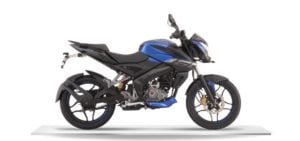
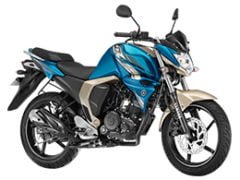
Stay tuned to Car Blog India for more posts like the Bajaj Pulsar NS 160 vs Yamaha FZ FI comparison we have here. So, what do you say about our comparison here? Do you think these two compare any differently? Do share your views by penning them down in the comments section below.
The post Bajaj Pulsar NS 160 vs Yamaha FZ FI – Price, Specs, Features And More appeared first on CarBlogIndia.
from CarBlogIndia http://bit.ly/2sGnGOm
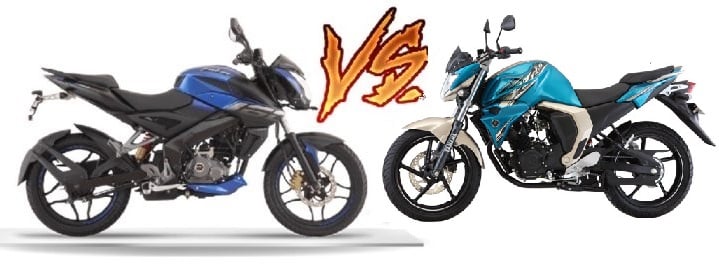
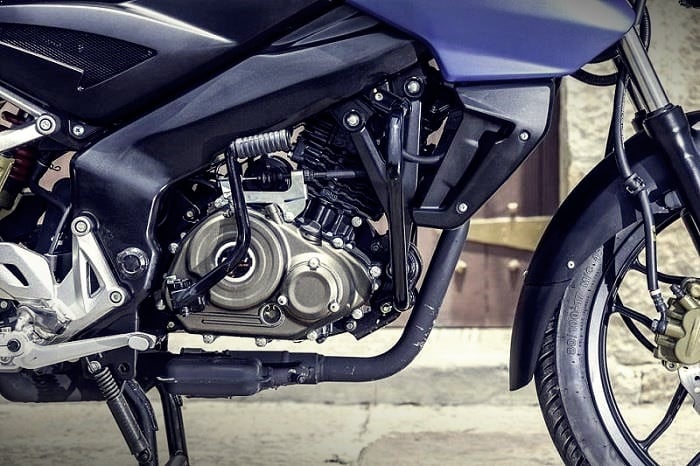
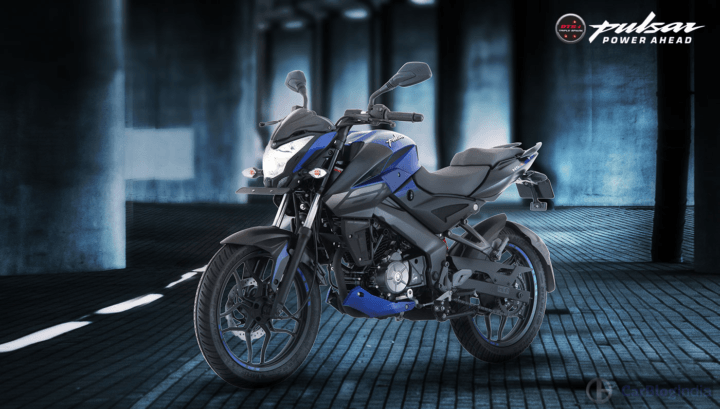
Comments
Post a Comment